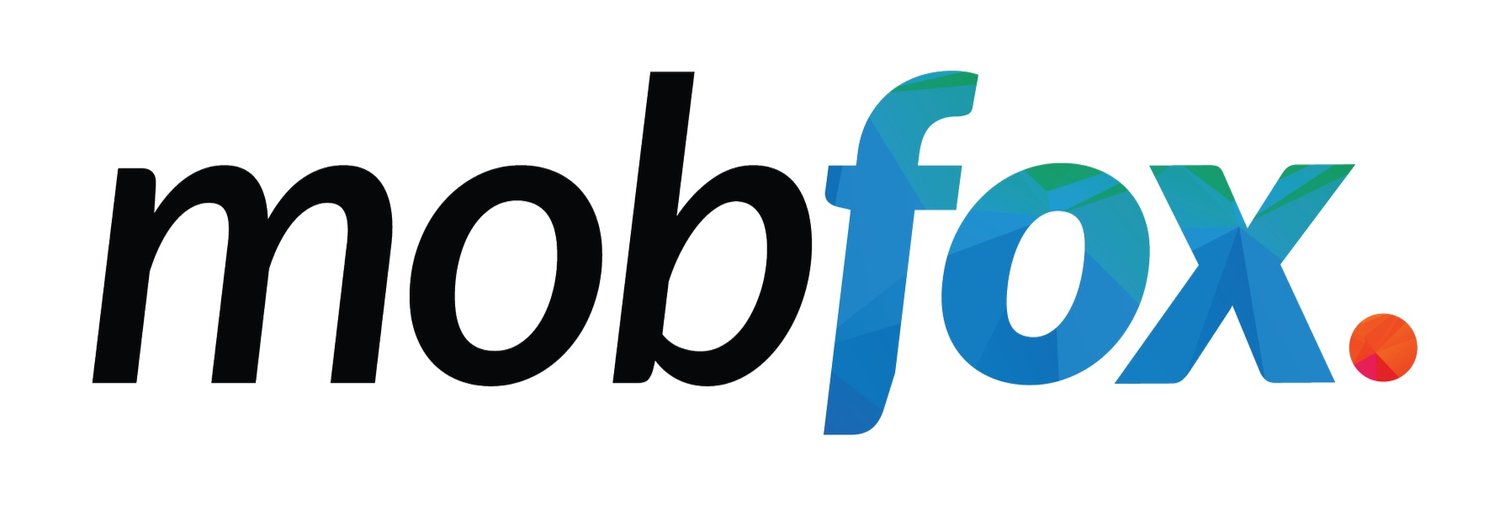SKAdNetwork —The Ultimate Guide For Publishers And Advertisers
SKAdNetwork was introduced by Apple back in March 2018. But, while back then it was offered as an alternative, right now it’s essential…
Mobfox Glispa has utilized SKADNetwork for some time—and after months of tests and trials, we’re confident in the new framework. This article sets out to demystify the challenges you may face as a Publisher or Advertiser—giving you the transparency you need, so you too have the confidence to scale your business.
What Is SKAdNetwork?
SKAdNetwork is a framework for privacy-preserving mobile install attribution. In other words, it helps measure conversion rates of app install campaigns (CPI) without compromising users’ identities.
But that’s not all…
Before submitting iOS 14, IDFA—Apple’s identifier for advertisers—was the primary source for tracking ads and attributions. Back then, because it was most commonly used by advertisers to measure marketing results, the IDFA preference was hidden, and turned off by around 30% of American iPhone users.
But with the update of iOS 14, Apple turned this preference to opt-in—and SKAdNetwork became the future of measuring mobile ad campaigns without IDFA.
How Does It Work?
SK stands for ‘StoreKit’—Apple’s framework for developers to interact with the app store and in-app purchases.
In a nutshell, when an ad is clicked and the store opens, the publishing app and network provide it with basic information such as network, publisher, and campaign ID. The App Store then sends a notification of successful conversion to the network.
Crucially, that notification is devoid of any device or user-identifying information. Plus, because the app store itself conducts the process, the advertised app has no knowledge of the original ad and publisher—and thus preserves privacy.
But, this also means advertisers have little data on new users, and ROAS or LTV is harder to analyze—which makes scaling harder.
What Are The Benefits Of Recent Updates?
Apple listened to their users and decided that more data should be shared with advertisers. As a result, in the update from SKAD 3.0 to 4.0, there are multiple advantages:
First, the source identifier from the campaign id field has increased from 2 digits to 4. (This means that if a certain privacy threshold is reached then a third and fourth digit of the source identifier is received.)
In addition, multiple conversion postbacks will be supported from 1 to 3, meaning:
Last but not least, web-to-app campaigns are to be attributed (with Apple confirming that for now, it's only enabled for Safari).
What’s The Downside of Using SKADNetwork?
(And Is There An Alternative?)
We’ve established that the purpose of SKAD is user anonymity—and this is both an undeniable draw and confidence piece for our customers.
But, of course, it brought certain limitations when compared to previous attribution models…
First, such limited granularity makes personalization harder. There is an inevitable delay between when installs occur and when they’re reported.
Plus, tracking data is limited on the campaign level—and when Apple allows only 100 campaigns per network, the net closes even further…
Finally, we discovered, when it comes to post-install measurements, we’re now faced with both a lack of events data and a shorter timeframe in which to measure these events.
And as for direct alternatives, the short answer is no. There is much talk about yet-to-be-endorsed alternatives that can attribute device-level data, but nothing is complete.
The reason? Apple enabled Limit Ad Tracking (LAT) by default and announced it could begin enforcing App Tracking Transparency (ATT). Simply put, this means that unless a user gives informed consent for their data to be used for tracking purposes, SKAdNetwork is now Apple’s primary way for advertisers to attribute installs to the originating campaigns.
Why Is This Important For Both Publishers and Advertisers?
Well, here’s the cold hard truth: if publishers want to stay relevant, if they want to stay in the game, then they simply must adopt the new framework. By not doing so, they risk losing a significant revenue stream—especially in the event that advertisers switch exclusively to SKAdNetwork.
But, for Advertisers, decision making is harder. Here it’s important to turn to contextual marketing to understand which ad campaign works, and which doesn’t. It’s crucial to ask questions like: ‘how will I collect data from all supply partners I work with?’ Or, ‘How will I be able to centralize all my data in one place?’
And this is where our approach can ensure you won’t lose clients or revenue—and instead scale your business…
3 Tips For Success With SKADNetwork…
Truth is, it’s only through collaboration with a demand-side partner—like Glispa!—who has proven expertise, that you’ll get the optimum results you need.
However, here are 3 quick tips for success:
Allow ample time and budget for machine learning exploration
Verify that your supply sources comply with the latest SKAdNetwork version
Look to optimize your conversion value mapping
What’s Glispa’s Approach To SKAd?
When we first tested SKAd campaigns, our aim was to launch with partners that would help us understand and unpack this new environment.
And with such limited information sent via SKAd postbacks, our mindset from day one was to take a flexible approach, to allow us to change strategy if necessary—and maximize our efficiency.
Calling on years of experience, we tested every combination we could think of, using DSPs (Demand Side Platform) integrated with SKAd-compliant mobile ad exchanges, to support our decision-making. Plus, we made sure to ask (and answer!) questions such as: which combination of exchange and bundle id gives the best performance? Which combination of creative and bundle id performs best?
As a result, and with the help of product and media buying experts, we used all available data points to grow and maintain our user acquisition at scale—and preserve a positive ROI…
And we can do the same for you…


